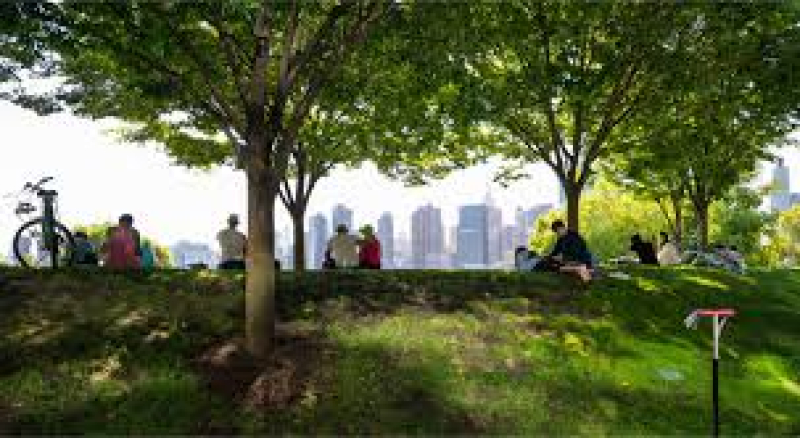- Body of Osman Hadi Returns to Dhaka From Singapore Late |
- Fakhrul condemns attacks on media, calls for unity, justice |
- 2 cops among 4 hurt in clash outside Indian Assit H.C. in Ctg |
- Inqilab Moncho urges people to avoid violence |
- Hadi’s death: Prothom Alo, Daily Star offices set afire |
Trees allow us to breathe easy

The past few decades have seen a gradual increase in the global temperatures as a result of the climate crisis, a phenomenon that has very clear adverse effects on human health such as exacerbating respiratory and cardiovascular issues among a host of others.
The rise in temperature is felt far more acutely in our urban centres, and given just how unplanned the urbanization of our capital city has been, the effects of heat waves are especially dangerous in our capital city.
One of the most effective ways of keeping the mercury from rising in our cities is to have dedicated spaces for greenery -- a city that does not have enough trees is more likely to see temperatures rise to unbearable degrees more often while also seeing increased levels of air pollution and subsequent health ramifications.
The phenomenon is known as the urban heat island effect, which sees elevated temperatures in cities compared to more rural areas, which is caused due to the replacement of natural land cover with heat-absorbing concrete and other artificial materials which retain ambient heat.
Experts have nearly unanimously chalked up Dhaka’s problems with air pollution to the city’s receding greenery, with the capital consistently topping the chart of cities with the worst air quality in the world.
Just last year, the Dhaka South City Corporation stripped an entire street in the city’s Dhanmondi clean of trees in a bid to “beautify” the area despite expert opinion against the move.
Trees add to the beauty of any city, they offer welcome shade against the hard sun of the summer days, and, more importantly, regulate temperatures and retain quality of air. If anything, Dhaka is in need of more trees, not fewer.

